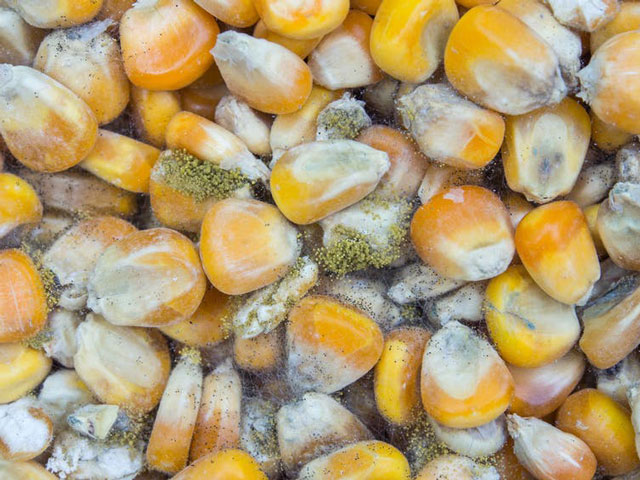
Why the alleged substandard exports should help nation rethink its agricultural extension interventions
COMMENT | WALTER AKENA | On March 5, 2021, the Kenyan Government issued a ban on the importation of maize from Uganda. The decision, according to the head of Kenyan Agriculture and Food Authority stemmed from their findings on the safety of food imports to Kenya that revealed maize from Uganda and Tanzania contains substances that cause cancer. This decision has attracted an unprecedented response from some Ugandan legislators proposing a ban on agricultural imports from Kenya in retaliation. Whereas the need to protect Ugandan traders involved in maize export is understandable, parliamentarians must become more proactive to deal with the root cause of the problem and save the country from future troubles.
The biggest challenge for smallholder farmers in Uganda is limited access to agricultural extension services whose components, according to the National Agricultural Extension Policy, include; advisory services, quality controls, marketing and access to inputs.
According to a study conducted by ACODE in 2018 to assess capacities of Local Governments for Local Economic Development, limited access to agricultural extension services was one of the constraints to increased agricultural production in local governments.
The impact of limited access to extension services as highlighted in the ACODE study is buttressed by a 2019 study conducted by FAO, WFP and IFPAD which revealed that maize farmers incur losses during harvest, drying and storage. The study noted that maize is dried on uncovered ground, at times spread on wet courtyards, at the farm level, which causes grain discolouration, contamination with foreign matters, termite damage, mould and debris. It was also revealed that during on-farm storage, losses are caused by insect damage, mould and aflatoxin contamination, insect frass, debris accumulation, rodent infestation, termite attack and discolouration related to poor drying, inadequate storage conditions and lack of storage capacity.
Another fundamental issue unearthed in the study was the issue of quality/standards of the produce. The study established that farmers had no awareness of or regards for standards as set by UNBS. While most farmers may be merely ignorant about the standards, others are simply dishonest. Some farmers adulterate their produce in the hope of maximising profits.
In my home village, I have seen farmers mix their sim-sim with sand in an attempt to increase the quantity and get more money from sales. This is where the problem lies and where the focus should be.
If our maize is infested with aflatoxin, it means perhaps our farmers did not get adequate support (advice, inputs and equipment) in basic agronomic practices or there were no quality controls which are critical components of extension services. This should get us thinking about loopholes in our Agricultural Extension Policy and System.
While the government has re-structured the National Agricultural Extension into the “Single Spine Extension System” to address past weaknesses in extension services creating excitement among farmers, there are still a lot of gaps that need to be filled.
In trying to explore these gaps, two major challenges come to the fore which are funding and human resource gaps. Parliament, as a body charged with policy formulation and appropriation, should urgently deal with these.
Funding for extension services remains critically low and limits intended or planned interventions. In 2020/ 2021, the sector was allocated only 3.7 per cent share of the National Budget with Agricultural Extension receiving 0.4 per cent of the sector allocation. Local Governments were allocated Shs9 billion for Agricultural Extension Development Expenditures which is paltry, to say the least. The Local Governments Act CAP 243 (Second Schedule) arrogates the responsibility of providing extension services to Local Governments. It is therefore prudent that they are well facilitated to effectively deliver on this mandate.
It is estimated that 685 of Uganda’s population is engaged in subsistence agriculture, however, the ratio of extension workers to farmers remains worryingly low. Apparently, there are 858 extension workers at district levels and 2,952 at lower local governments across the country. This makes it difficult for them to effectively meet the farmers’ demands for extension services. In addition to the thin staffing on ground, they are not adequately facilitated to function effectively.
Unless these two fundamental issues are expeditiously addressed, small holder farmers will continue to grapple with such issues as aflatoxin-infested maize. It is therefore imperative that our legislators shift their focus from blaming the Kenyan Government to enacting policies that enable smallholder farmers to improve on the quality of their produce.
****
The writer is a Project Officer, Local Government Council Scorecard Initiative at ACODE
walter.akena@acode-u.org
The post Kenya’s ban on Uganda maize appeared first on The Independent Uganda:.
from The Independent Uganda: https://ift.tt/2OIhnIY
0 Comments